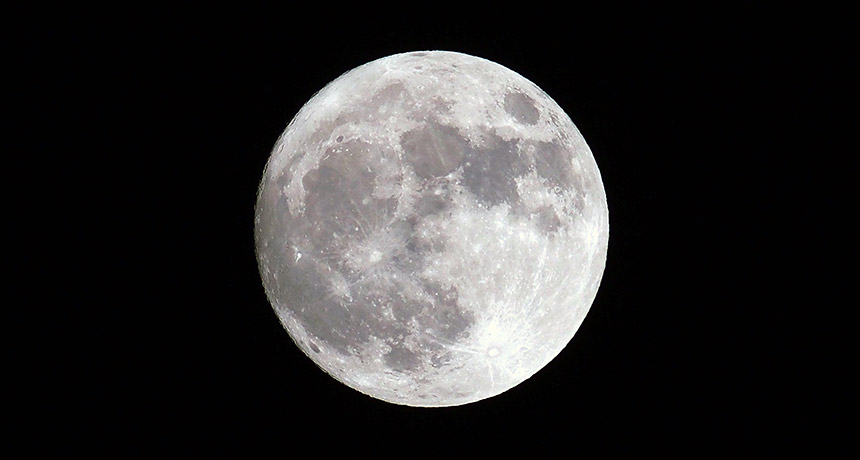The moon is still old
More precise dating of Apollo 14 moon rocks pegs age at 4.51 billion years

WHAT’S MY AGE AGAIN? The moon formed about 4.51 billion years ago, a new analysis of lunar rocks reveals.
M. Barboni
More precise dating of Apollo 14 moon rocks pegs age at 4.51 billion years

WHAT’S MY AGE AGAIN? The moon formed about 4.51 billion years ago, a new analysis of lunar rocks reveals.
M. Barboni